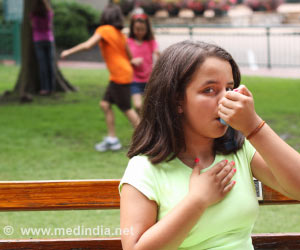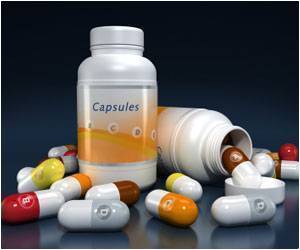The modelling study estimates that if the 16 cities included in the analysis reduced air pollution to net-zero levels, more than 20,000 cases of childhood asthma, over 43,000 premature births, and over 22,000 low birth weight births could be averted annually across the 16 cities. “This represents almost a quarter of the current number of asthma cases in these cities and a reduction of about 10 per cent for adverse birth outcomes,” a release said.
Net zero for a city will mean removal or absorption of as much carbon as it emits. However, in the Indian context, the ambient atmosphere for a city is impacted by conditions and emission sources in surrounding areas.
Bhubaneswar, Jaipur and Dhaka would see the greatest reductions in adverse birth outcomes, when considered in relation to the number of births each year (cases averted per 100,000 births).
The other cities in the list included Los Angeles, Mexico City, Manila and Lahore among others.
Director of LSHTM’s Centre on Climate Change and Planetary Health, Professor Alan Dangour, said, “This research comes at a critical time of ongoing COP26 and shows the opportunity we have of improving the health of young people while also contributing to the fight against climate change.”
The researchers estimated contributions from various sectors, including domestic energy use, energy generation, industry and transport, to concentrations of fine particulate matter (PM2.5) and nitrogen dioxide (NO2), and then removed these to represent air pollution levels at net zero in each city. The findings were presented on October 29 at COY16, the youth summit in Glasgow.
Source: IANS



